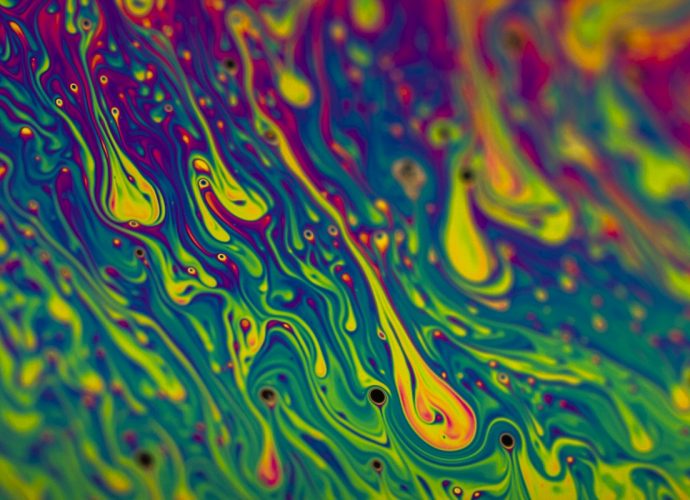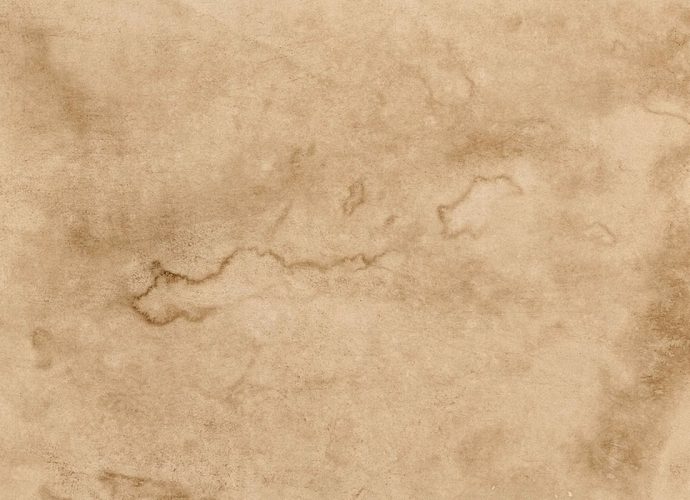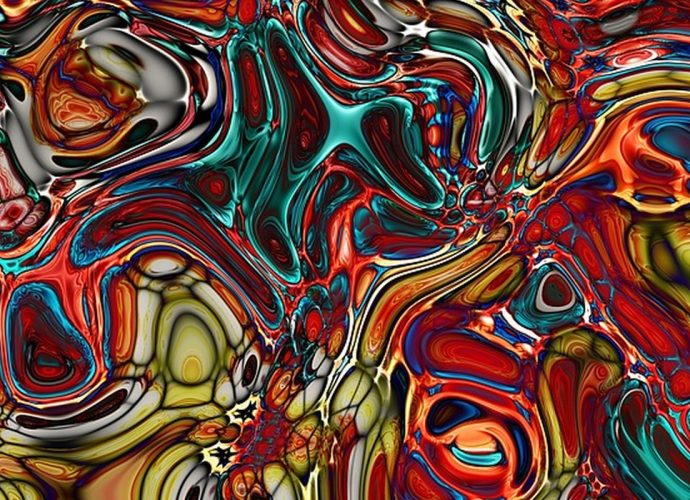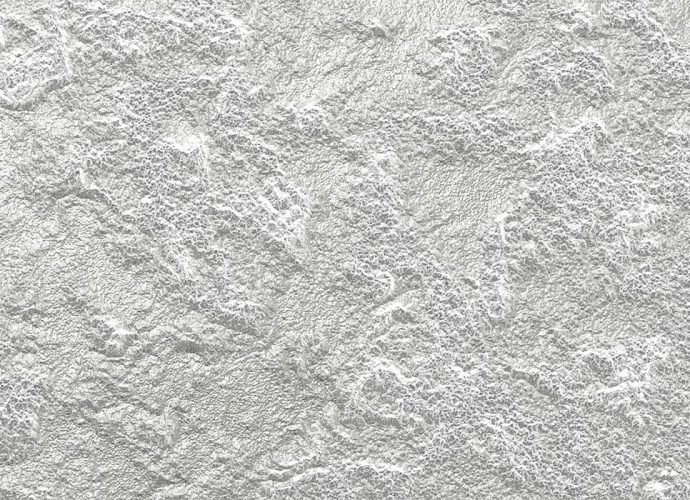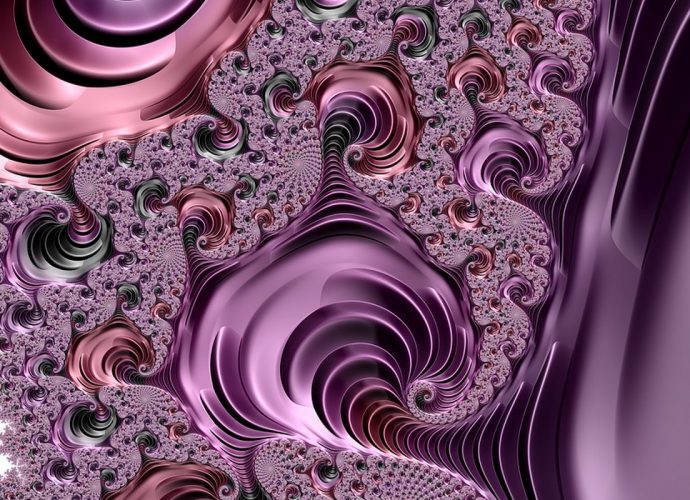Can Covalent Compounds Conduct Electricity?
Covalent compounds form when atoms that have similar electronegativity values form covalent chemical bonds. When a covalent compound dissolves in water, it does not dissociate into ions. Because there are no free electrons or ions in the water (electrolytes) dissolved covalent compounds can’t conduct electricity. What compounds conduct electric currentRead More →

